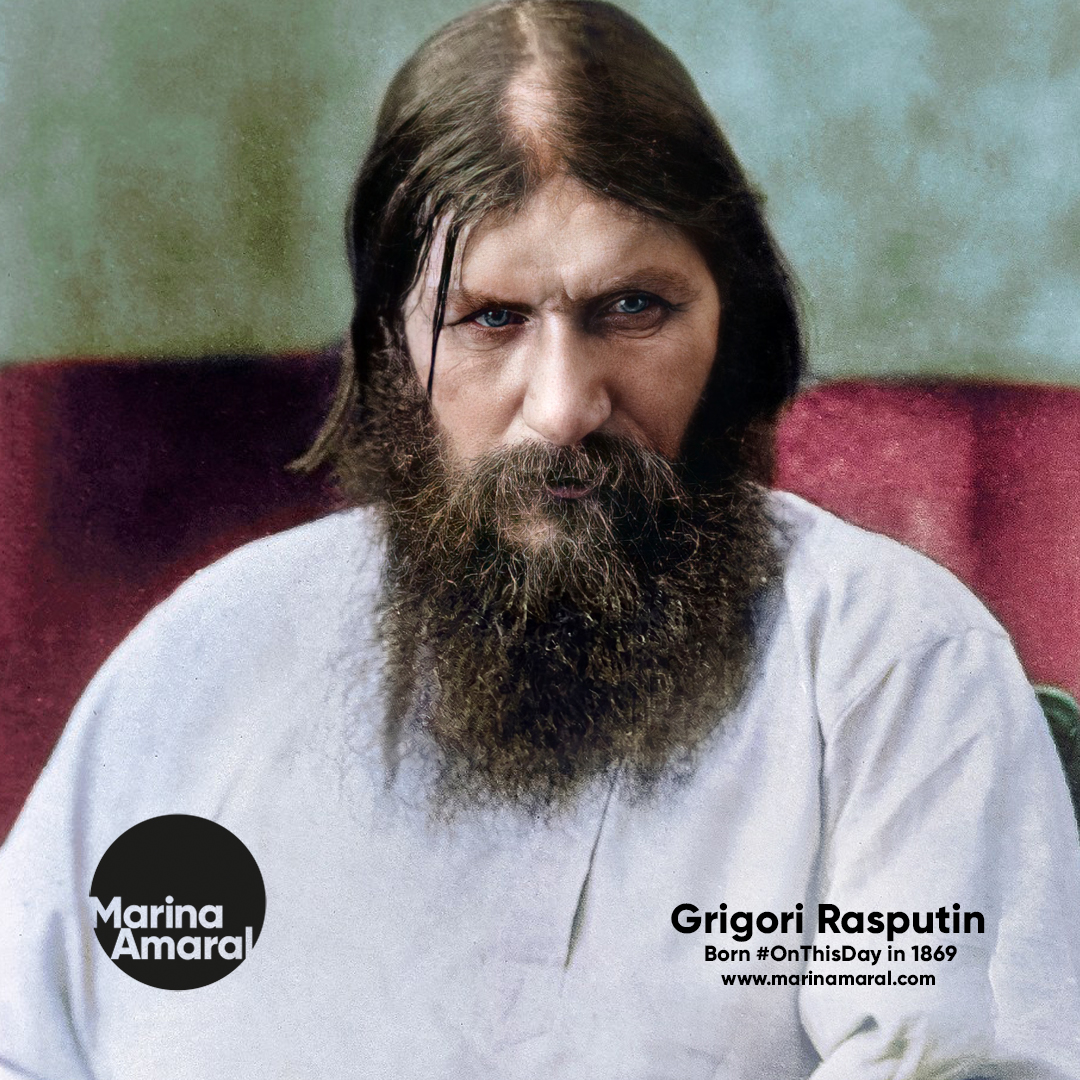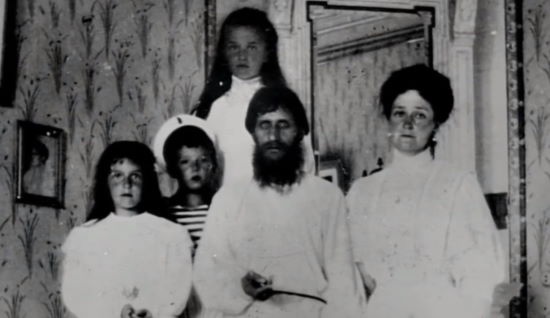
Colorized by me: Coney Island, The Bowery. 1903.
The Bowery was a raucous area where police frequently looked the other way as drinking, gambling, music and shows took place well into the night.
The Bowery was a raucous area where police frequently looked the other way as drinking, gambling, music and shows took place well into the night.

Coney Island's appeal was that anyone could find the type of experience they desired. For those looking for more variety and fun, and less refinement, the Bowery stood head and shoulders above Brighton Beach and Manhattan Beach. 

The Bowery was relatively small but was packed with entertainment. On both sides of Bowery Lane, and along side-alleys, one and two-story wooden buildings were erected. They housed mostly saloons, concert halls, and a few first class restaurants.
The concert halls in no way remotely resembled Carnegie Hall. Most of them were honky-tonks, and the only concerts given were those by a lone piano player, who sat alongside a stage and accompanied a chanteuse and her chantootsies.
While the burlesque queen would belt out her bawdy songs, her companions would sing along, then engage in sexually suggestive movements that passed for dancing.
When they finished their routine, they would circulate around the bar and tables...
When they finished their routine, they would circulate around the bar and tables...

... during which another group of girls would take their places on the stage. After the Jezebels paired up with prosperous-looking customers, and got them to spend freely on drinks, they would ask the expected question with a demure smile, as to whether he would like...
... to come upstairs to her room and have his fortune told by her. Some concert hall owners eschewed the use of fortune telling on their premises, either out of a sense of propriety, or because they didn't have an upper floor.
Commissions: marinamaral.com/commission/
Source/read more: heartofconeyisland.com/bowery-coney-i…
"It came in the eighth round. After several blistering exchanges, Fitzsimmons inexplicably paused, lowered his guard, and spoke to Jeffries, taunting him. The champion’s response was a hard right to the belly followed by a thunderous left hook that put Fitzsimmons on the floor." 

So, I just found out that Cheyenne Joe's was a cowboy tavern. Take me back to Coney Island in 1903.
• • •
Missing some Tweet in this thread? You can try to
force a refresh



















